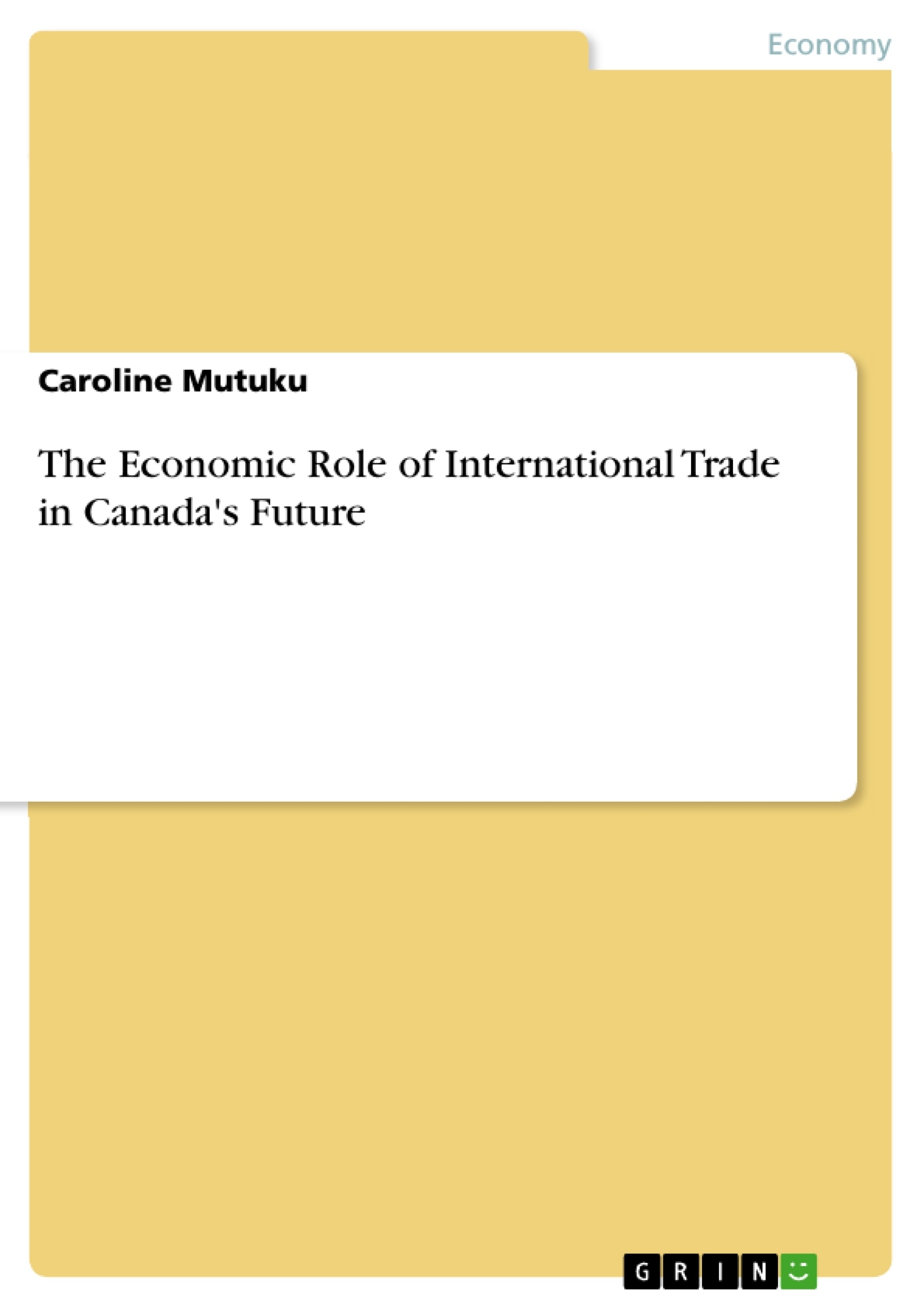In the past decade, the Canadian economy experienced stagnation owing to the existence of unfavorable economic trends in the regional and global economy. It is argued that Canadian economy slipped into a recession because of the challenges faced in building its competitiveness in the international trade network. For instance, Canada has been relying on regional trade, especially with the United States which accounts for the highest portion of international exports, and this aspect is linked to the crippling of the Canadian economy. Therefore, internationalization of trade activities appears to be one of the most reliable approaches for aligning the country’s economy with the 21st century global economy. This approach will enable the country to increase its export levels which will, in turn, increase the Gross Domestic Product of Canada. This is probably why Laurin (2013) remarks “There is a growing perception that Canadian businesses need to turn their attention to overseas markets and shift their business strategies to adapt a new global environment’. As such, the current approach by Canadian premiers to establish trade agreements with international trade partners seem to be an amicable answer to economic tantrums in the Canadian economy. The new approach bears significant economic roles in the Canadian economic prospects in the future. According to the Council of the Federation, it is apparent that “strengthening Canada’s trade and investment linkages with the global economy will mean addressing challenges and taking advantage of new opportunities”. This aspect is reaffirmed by Passaris (2013) who observes “International trade is both the heartbeat and the lifeblood of the Canadian economy. In fact, international trade has empowered Canada to side-step economic theory”.Therefore, this paper will give an overview on the economic role of international trade in Canada’s future.
The Economic Role of International Trade in Canada's Future

Elaboration , 2018 , 6 Pages , Grade: 1
Autor:in: Caroline Mutuku (Author)
Economics - Foreign Trade Theory, Trade Policy
Excerpt & Details Look inside the ebook

